
According to an FAA study, there are roughly 14,000 recorded bird strikes in the United States alone each year. Bird strikes are projected to cost US airlines $1.2 billion each year. While birds generally take most of the damage, the potential of a collision is still seen as a significant danger since airplanes may not recover in time from damage incurred during take-off or landing.
According to a 2016 analysis by Richard Dolbeer of the USDA’s National Wildlife Research Center, 17,494 jet engines were damaged in 16,694 bird-strike incidents between 1990 and 2015. Given that there are about 20,000 aircraft operating in commercial flight globally and that these data just apply to aircraft in the United States, it is clear that bird ingestion is a major problem for commercial jet engines.

Almost anything that pumps air includes a filter to keep pollutants out, including vacuum cleaners, but what about jet engines?
Accidents History
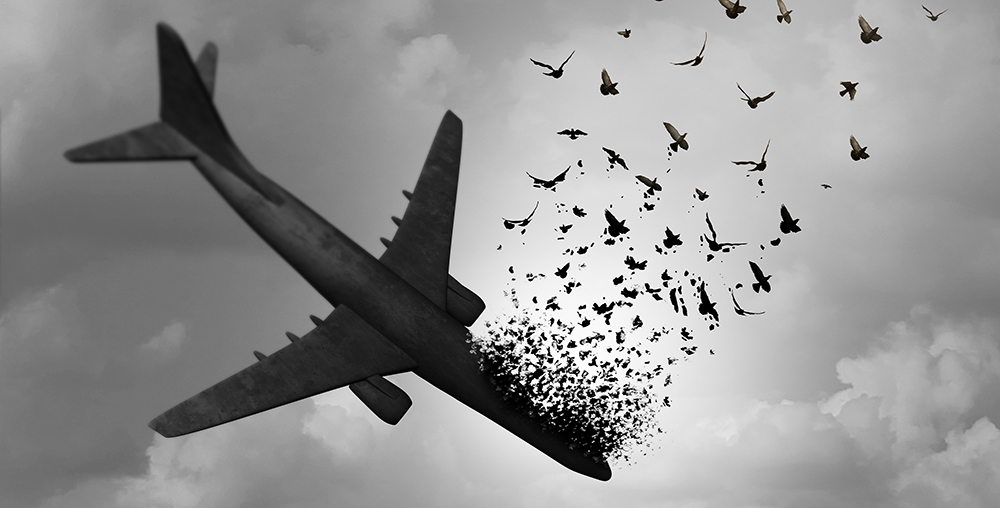
The continuous rise of global air travel has increased bird and aircraft accidents, and engineers have been working tirelessly to protect the lives of crew and passengers in the event of a bird strike. Higher-speed jet propulsion has considerably increased the severity of bird hit damage by providing birds less time to escape an approaching aircraft, resulting in a much higher-speed collision that causes considerably more damage to both the craft and the birds.
Airplanes and birds have collided since the early days of human flight. The first time was when Orville and Wilbur Wright began their testing and training flights on December 17, 1903. On September 7, 1905, Wilbur was flying when he collided with a flock of birds (most likely red-winged blackbirds), killing one but causing no harm to the pilot or the plane.
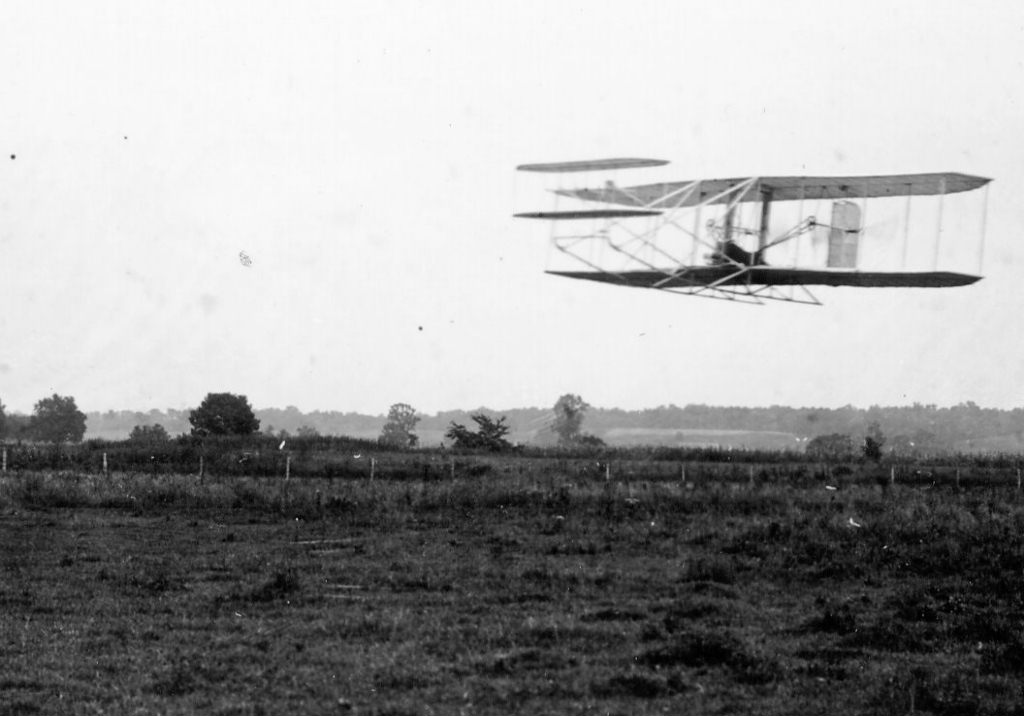
The majority of jet-engine bird incidents happen during take-off. And that is what happened with the famous “Miracle on the Hudson,” which is the most well-known recent aircraft bird-strike event.
US Airways flight 1549, an Airbus A320-214 carrying 150 people, took off from New York’s La Guardia Airport on January 15, 2009, headed for Charlotte, North Carolina. It collided with a flock of migrating Canada geese slightly northeast of the George Washington Bridge about two minutes into the flight, at an altitude of roughly 0.85 kilometers.

Each of the two jet engines digested at least two 4-kilogram geese, causing the engines to be damaged to the point where they could not keep thrust for sustained flight. The team was able to successfully land on the Hudson River with no deaths.
What happens when a bird flies into a plane engine?

Birds often crash with any of an airplane’s forward-facing edges, including the wings, nose cone, and – the most common location – the jet engine. Birds have been known to strike the windshield or canopy of airbuses and fighter aircraft, causing the surface of the top or glass to break. These fractures can occasionally alter air pressure within the cabin, resulting in altitude loss or other flight-related issues.
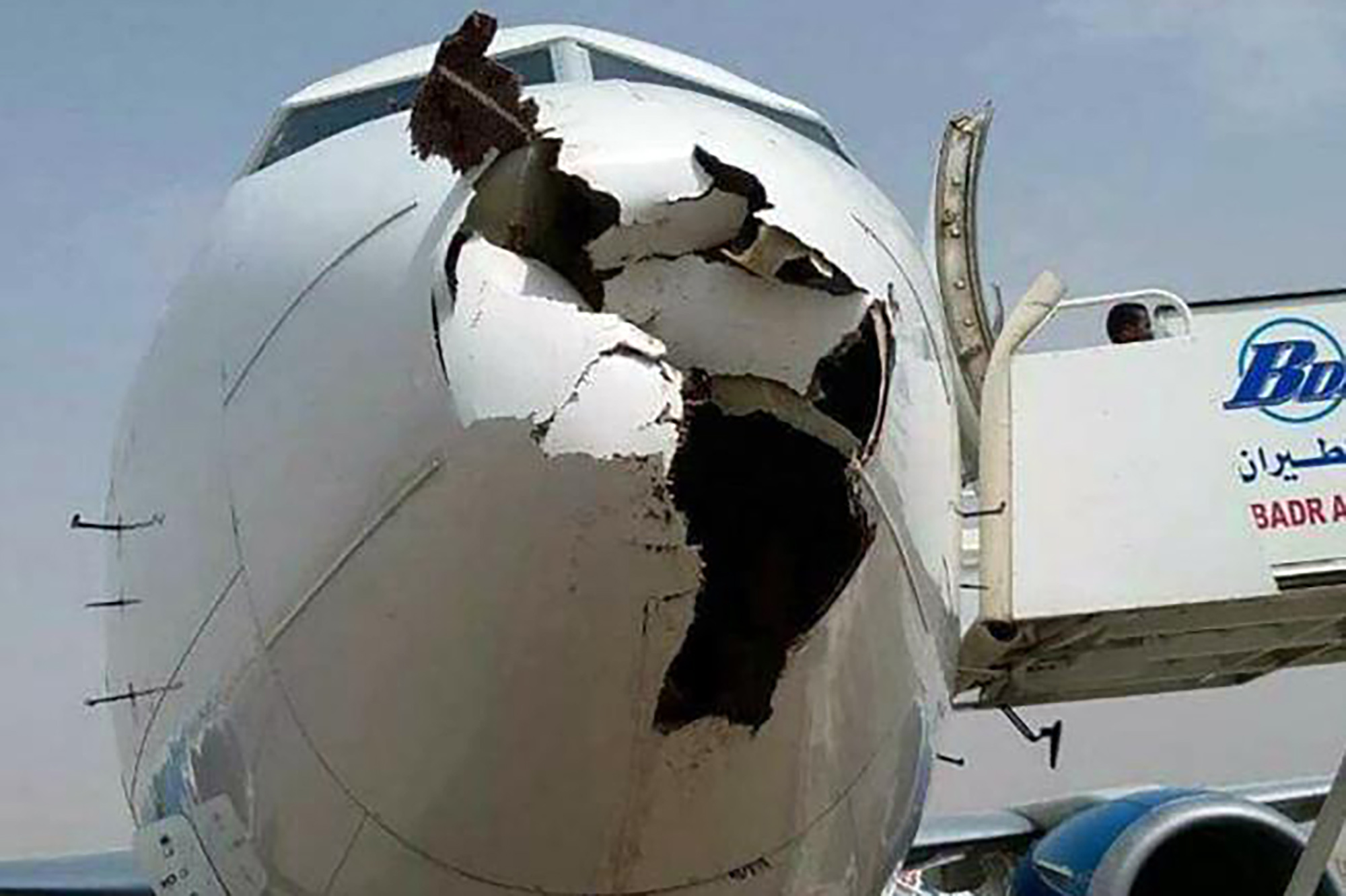
The most hazardous situations occur when a bird strikes the turbine and becomes trapped in the engine; this is known as a jet engine ingestion. The bird can create a disturbance in the rotatory action of the fan blades after becoming ‘stuck’ in the engine, resulting in a partial or total failure of that engine.

How dangerous is a bird strike on an airplane?
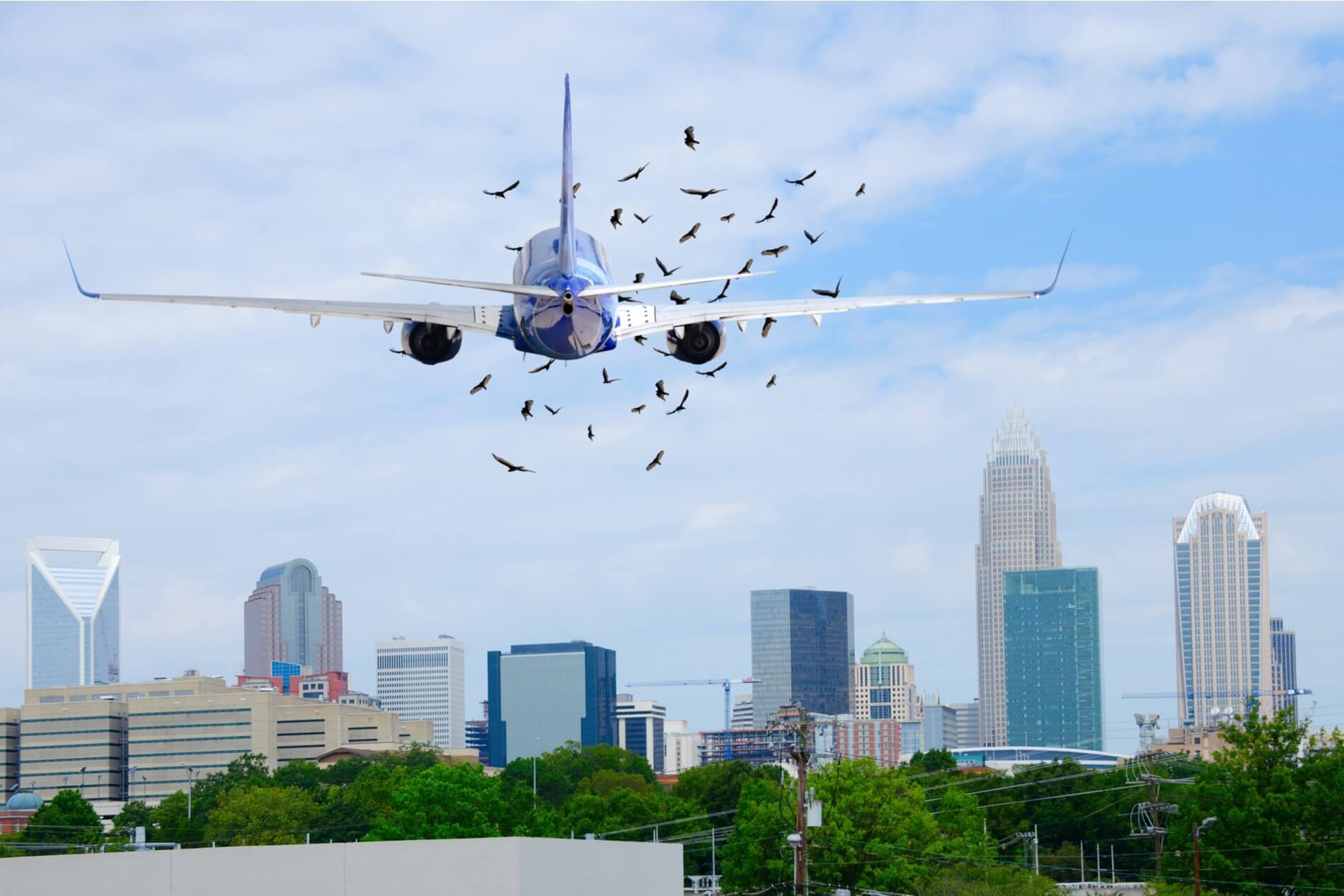
According to British and Canadian experts, bird attacks have been linked to more than 106 human deaths worldwide during the last two decades. This volume is linked to an increase in the number of flights, altering birds’ migration routes, improved reporting of bird hits, and larger, faster, and quieter turbofan-powered aircraft, which allow birds less time to get out of the way.
Between 1990 and 2017, more than 194,000 animal strikes were reported in the United States alone. Between 1988 and 2017, 263 civilian airplanes were either lost or damaged beyond repair due to animal attacks throughout the world.

Because birds fly at lower altitudes, planes are more likely to collide with them during take-off, first ascend approach, or landing. The International Civil Aviation Organization reports that 90 percent of bird attack accidents occur near airports. According to the Federal Aviation Administration, around 63% of bird-related incidents occur during daylight hours, as birds generally fly during the day.
The extent of the damage caused by the bird attack is determined by numerous factors. First and foremost, there is the aircraft’s size. Smaller aircraft and propeller-driven machines are more sensitive to major damage, such as windshield, control surface, or empennage penetration. Windscreen penetration might also possibly harm pilots or other passengers on board, resulting in a loss of control and terrible results.
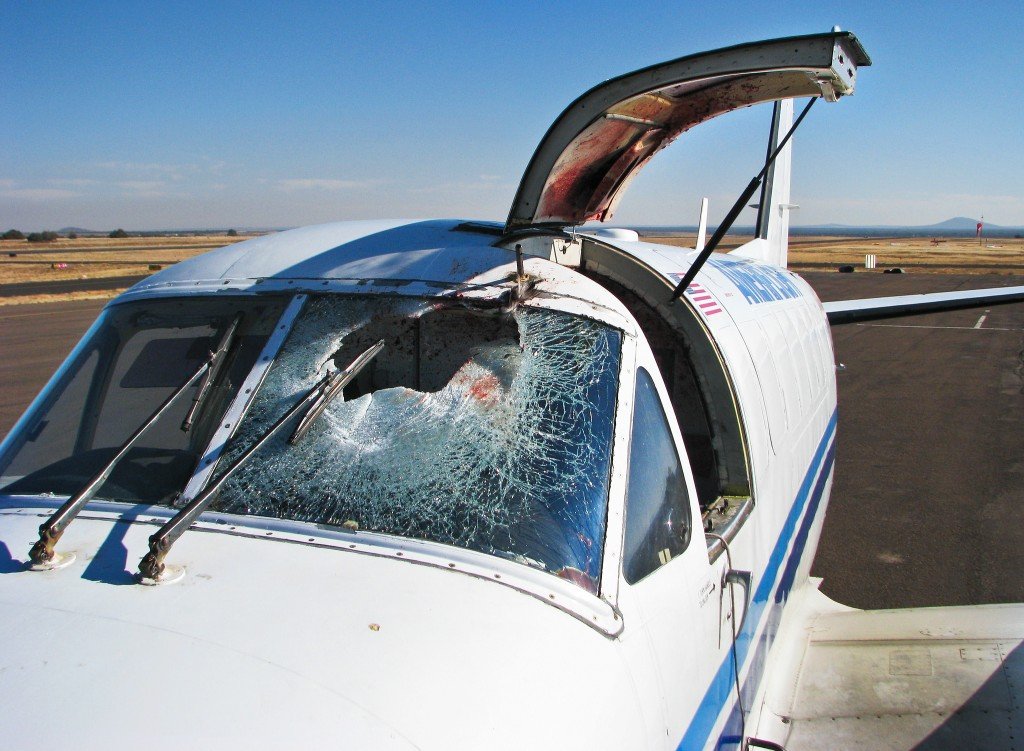
When a bird flies into a large airplane, the engines generally malfunction or even die completely. More than one-third of all bird attacks involve engines. If a bird is pulled into an engine, the first compressor rotor may sustain severe damage (fan blades).
This can cause extreme vibration, loud noises, and complete engine thrust failure. Bird attacks may damage not only the engines of a big aircraft but also the wings, nose, windshield, and fuselage.
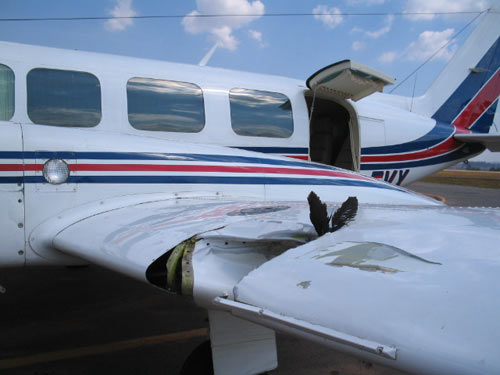
Bird collisions during landing or take-off can damage extended landing gear, causing brakes or nose gear steering systems to fail. As a result, it may cause directional control issues during the next landing roll.
At higher altitudes, airplanes can collide with birds in rare circumstances. This might cause structural damage to the aircraft hull as well as fast depressurization.
How to prevent bird strikes on aircraft?
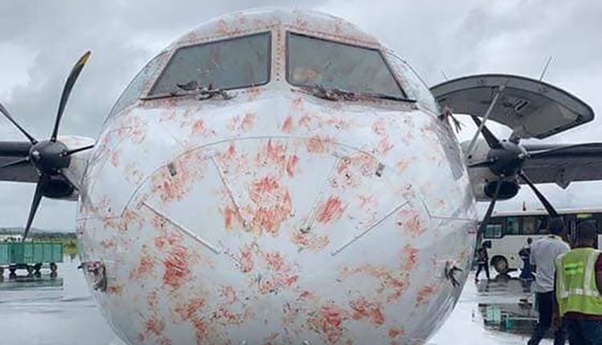
There are three main approaches to reducing aviation bird strikes: changing the birds’ habitats, monitoring the birds’ behavior, and changing the aircraft’s behavior. Airports have had the best success in reducing bird attacks by implementing the following:

- Eliminating food sources by removing seed-bearing plants.
- Pesticides are used to remove food sources for insect-eating birds.
- Removing shrubs and trees that provide attractive nesting places.
- To disturb birds, sonic cannons, recorded predator sounds, and other noise producers are used.
- At dawn and dusk, lasers are used to mimic predators and drive birds away.
- Spotters are trained to use binoculars and scopes to identify dangerous birds and to divert planes to alternate runways or approaches.
- Using radar technology to detect the movement and density of bird flocks to forecast their behavior and more effectively handle control tactics.
Why don’t airplane manufacturers put a grating or screen in front of jet engines to prevent bird ingestion?

Going back to our initial question and after stating all the consequences of bird strikes and the approaches used by airports to reduce these incidents. Doesn’t it look easier to use a protection for the aircraft’s engine to prevent birds ingestion?
I mean, anything that pumps air includes a filter to keep pollutants out, including vacuum cleaners. Why isn’t it the same with jet engines? Who says they don’t?!
Screens were actually utilized on the early Russian Me-262 prototypes. The circular screens on both engine intakes may be seen in the image of the Me-262 V3 below. However, they were quickly abandoned once it was discovered that they were more of a barrier than a benefit.
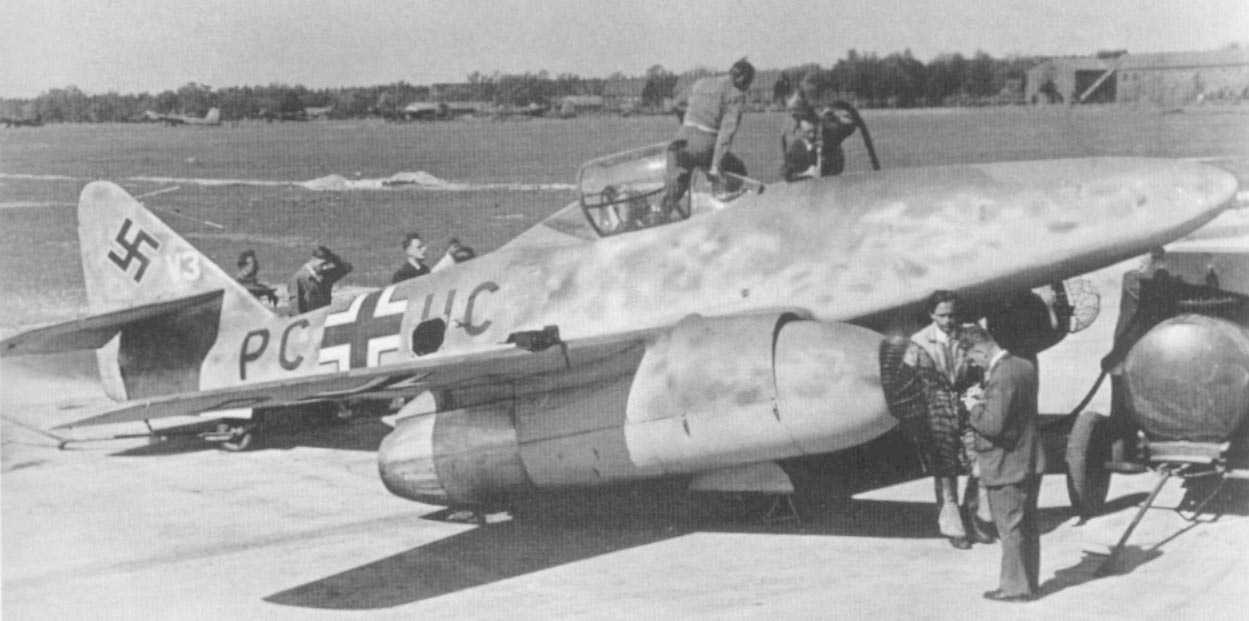
The same is true for a few Russian/Soviet fighters equipped with retractable screens on their engine intakes (MiG-29 and Su-27 IIRC). It was assumed that they would operate from damaged runways or roadways and that the engines would require protection from Foreign Object Damage (FOD).

So why is this not the norm for all commercial passenger aircraft? Simply because a flying bird being dragged by the engine could have a speed of up to 800 mph, which means that the impact could severely damage any meshed wire or grate or screens with holes, and this would make the incident worse.
You ask why? Simply because this might lead to pieces broken from the grate dragged into the engine, which could destroy the engine completely, while the bird alone could be easily “digested” by the engine.

Why not make this screen more powerful and from a heavy strong metal? That’s another problem that will arise, drag. Having such a heavy structure in an airflow stream would create a lot of drag and high vibration. Not mentioning that any restriction in the air inlet area mean less air being sucked and thus less engine efficiency.
According to researchers, a screen or grate in front of the engine would cause turbulence in the air behind it, and the engine requires a smooth flow of air. If the flow is interrupted, the compressor at the front of the engine may stall, resulting in engine lift loss.
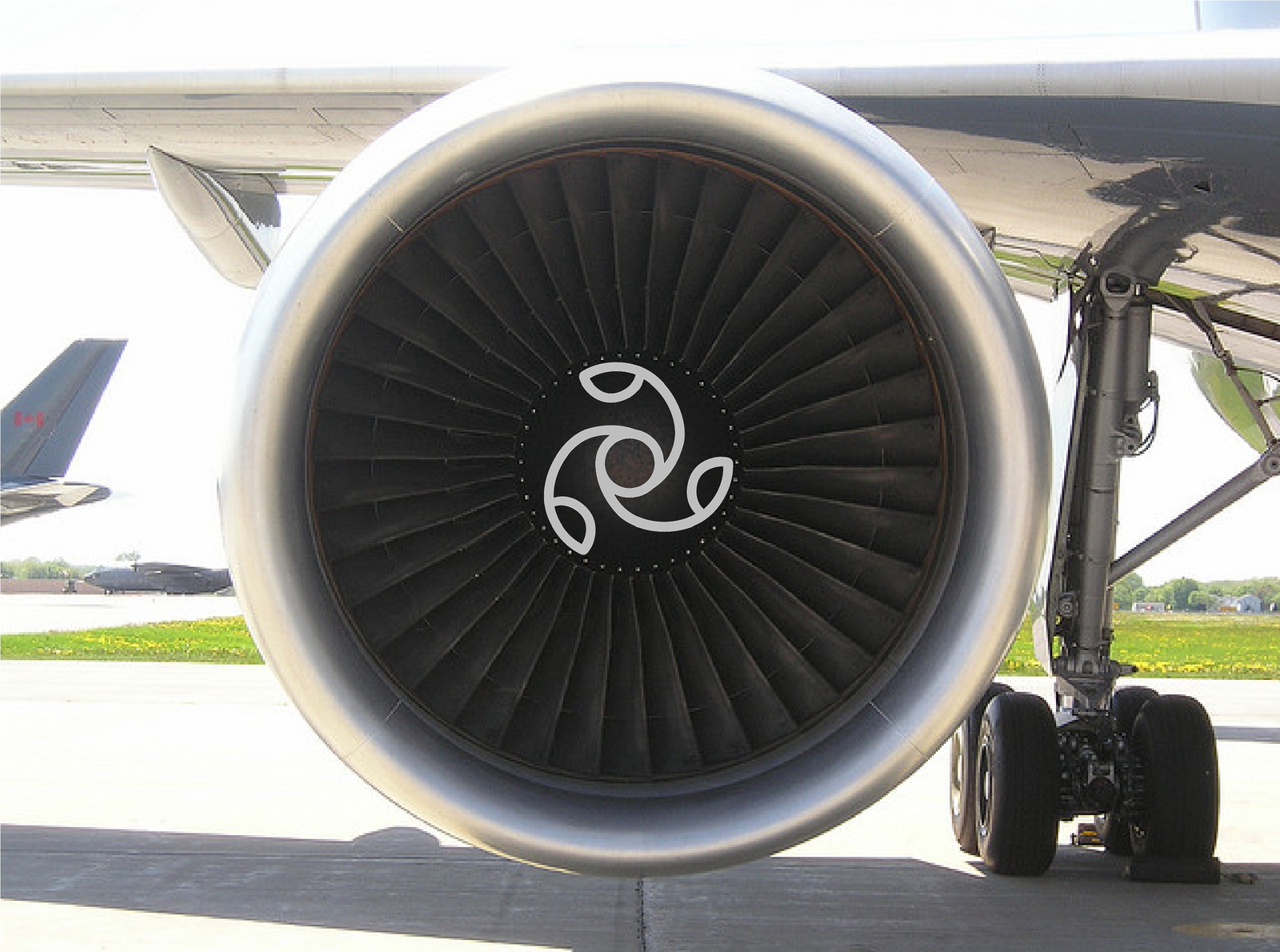
Yes, there have been a few high-impact incidents when birds have disabled an airplane, such as the “miracle on the Hudson.” And while a bird attack on an engine might do substantial damage if the bird is large enough and flies into the core, in the majority of instances, this is quite rare.
As a result, aircraft designers and engineers must accept the danger of a disastrous bird attack since the option of covering the engine with a grate, meshed wire, or screen is too expensive, inefficient, and maybe worse if not properly done.
Until now, there are no studies or a design concept that suggests a protective solution for aircraft’s jet engines, but maybe someday we could reach this design that will help increasing safety in air flights.
Don’t forget to share with us your opinion regarding the topic!

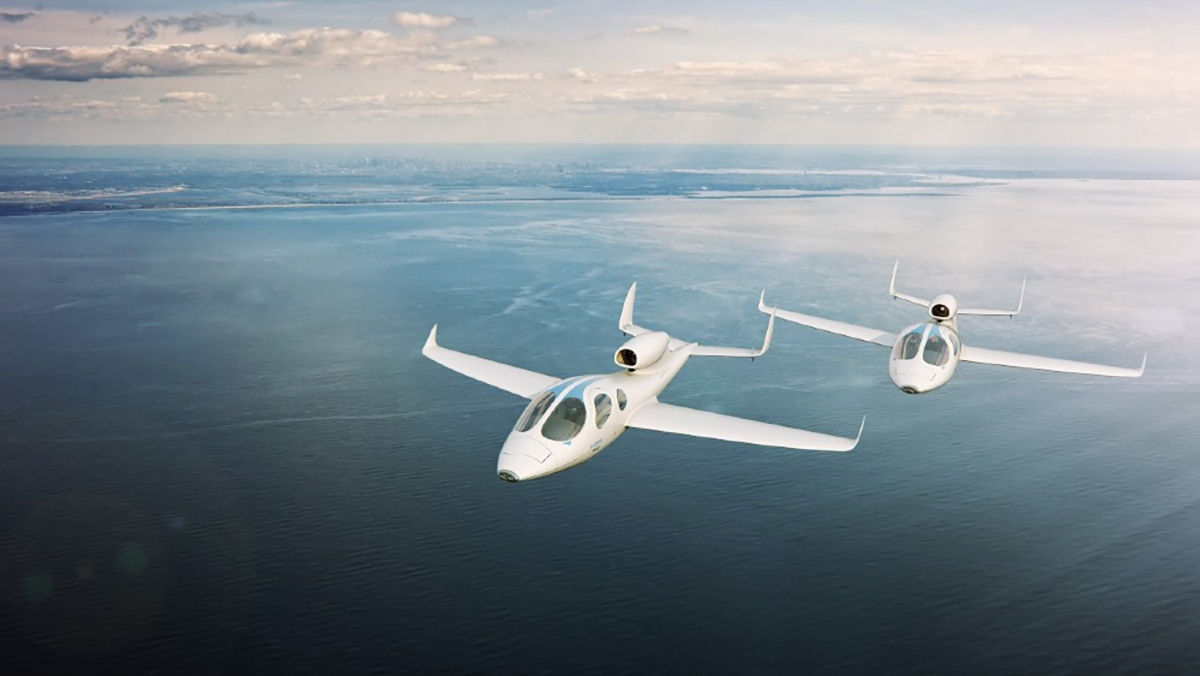
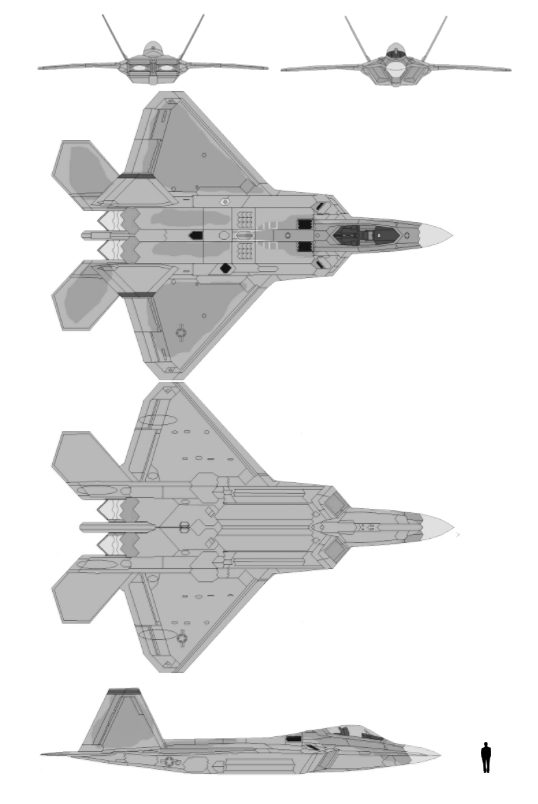


interesting!!
How many three engine jets (Falcons) have crashed compared to two engine jets, because of bird strikes?